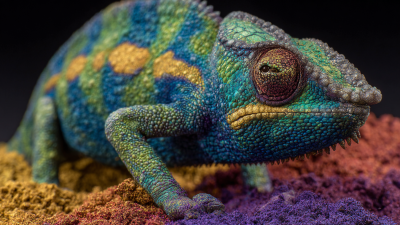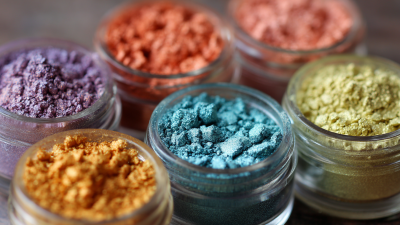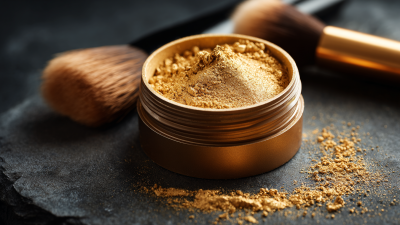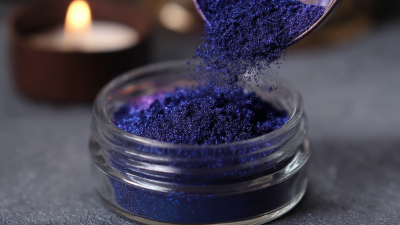When it comes to enhancing your resin projects, using mica powder for resin is a game changer that can elevate your creations from ordinary to extraordinary. This vibrant and versatile pigment offers a stunning array of colors and finishes, allowing artists and DIY enthusiasts alike to add depth, shimmer, and a unique touch to their work. However, to achieve the best results with mica powder for resin, it's essential to understand the techniques and tips that can optimize its effects. In this guide, we will explore five essential tips that will not only help you choose the right mica powder but also demonstrate how to mix, layer, and apply it effectively in your resin projects. Whether you’re a beginner or an experienced resin artist, these insights will empower you to unleash your creativity and achieve professional-looking results.
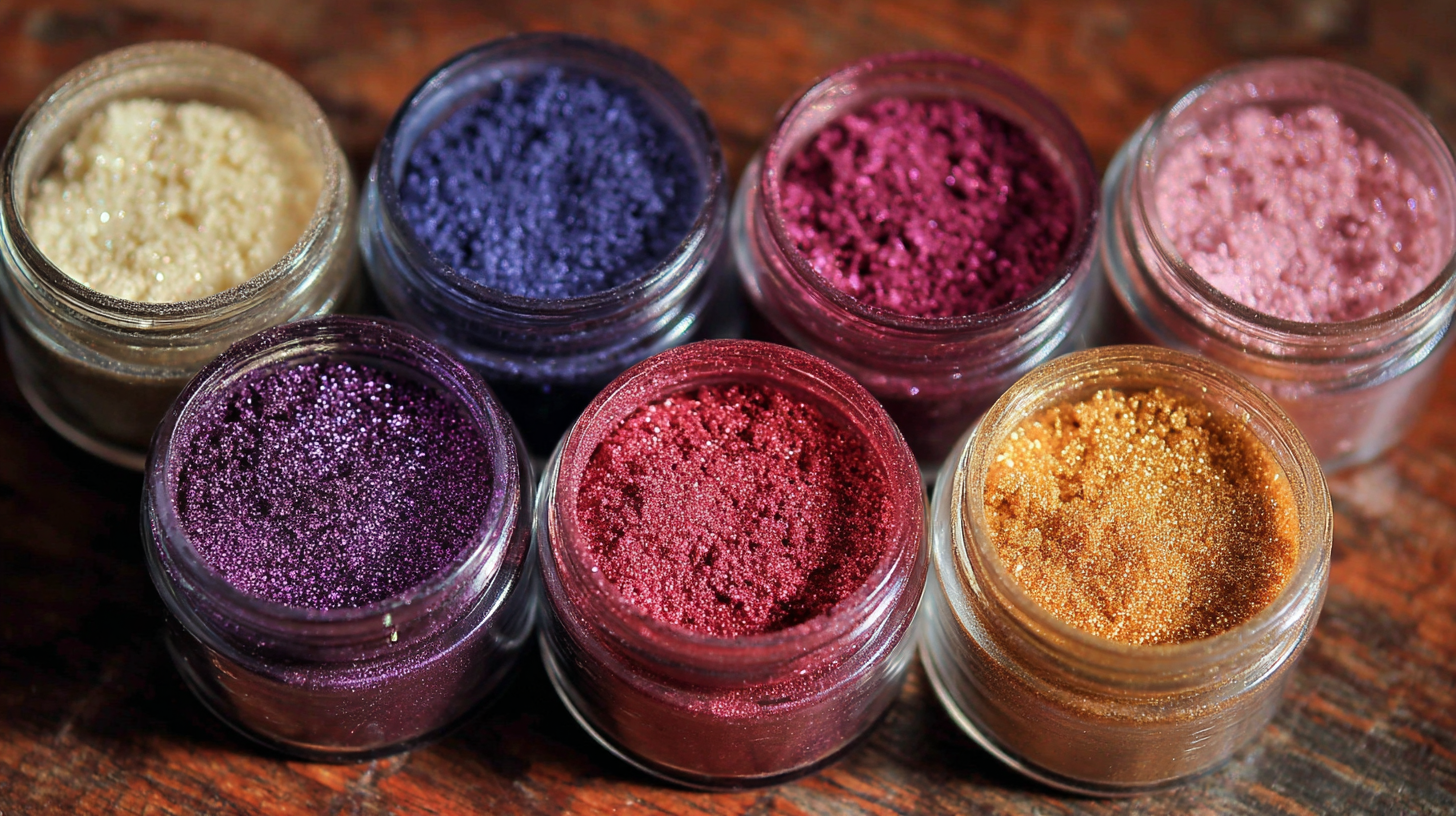
Mica powder has gained significant traction in various resin applications due to its unique properties and versatility. Understanding the characteristics of different mica powder types is crucial for achieving optimal results in resin projects. Mica is primarily known for its ability to provide a shimmering finish, enhancing the aesthetic appeal of crafts and industrial applications. The market for metallic powder coatings, which includes mica as a key ingredient, has been categorized by process types such as bonding, blending, and extrusion, highlighting the diverse methods of integration in manufacturing processes.
In recent studies, innovations in composite materials utilizing mica and aluminum powder demonstrate the potential for enhanced durability and performance in various applications, including solid waste management. This composite technology not only focuses on aesthetic improvements but also aims at functional advancements in material strength and thermal properties. Additionally, the development of PMMA-based nanocomposites showcases the integration of mica and other nano-materials in specialized fields like odontology, indicating a trend towards multi-functional materials. Understanding the properties of mica powder and its types allows manufacturers to tailor their products more effectively, ensuring they meet the specific demands of the resin market.
Mica powder has emerged as a popular choice for enhancing resin projects, and understanding the science behind its properties can elevate your creations. Composed of natural silicate minerals, mica is known for its unique layered structure, allowing it to reflect light beautifully. When mixed into resin, mica powder not only imparts vibrant color but also creates depth and shimmer, transforming ordinary projects into stunning works of art. Its fineness ensures an even dispersion throughout the resin, leading to a consistent finish that captivates the eye.
Moreover, mica powder is non-toxic and safe to use, making it an ideal additive for various applications, including jewelry making, home décor, and art pieces. Unlike other colorants, mica maintains its stability over time, resisting fading when exposed to UV light. This durability is essential for resin projects that may be displayed outdoors or in sunlight. By leveraging the intrinsic qualities of mica powder, artists can achieve striking visual effects while ensuring the longevity of their creations.
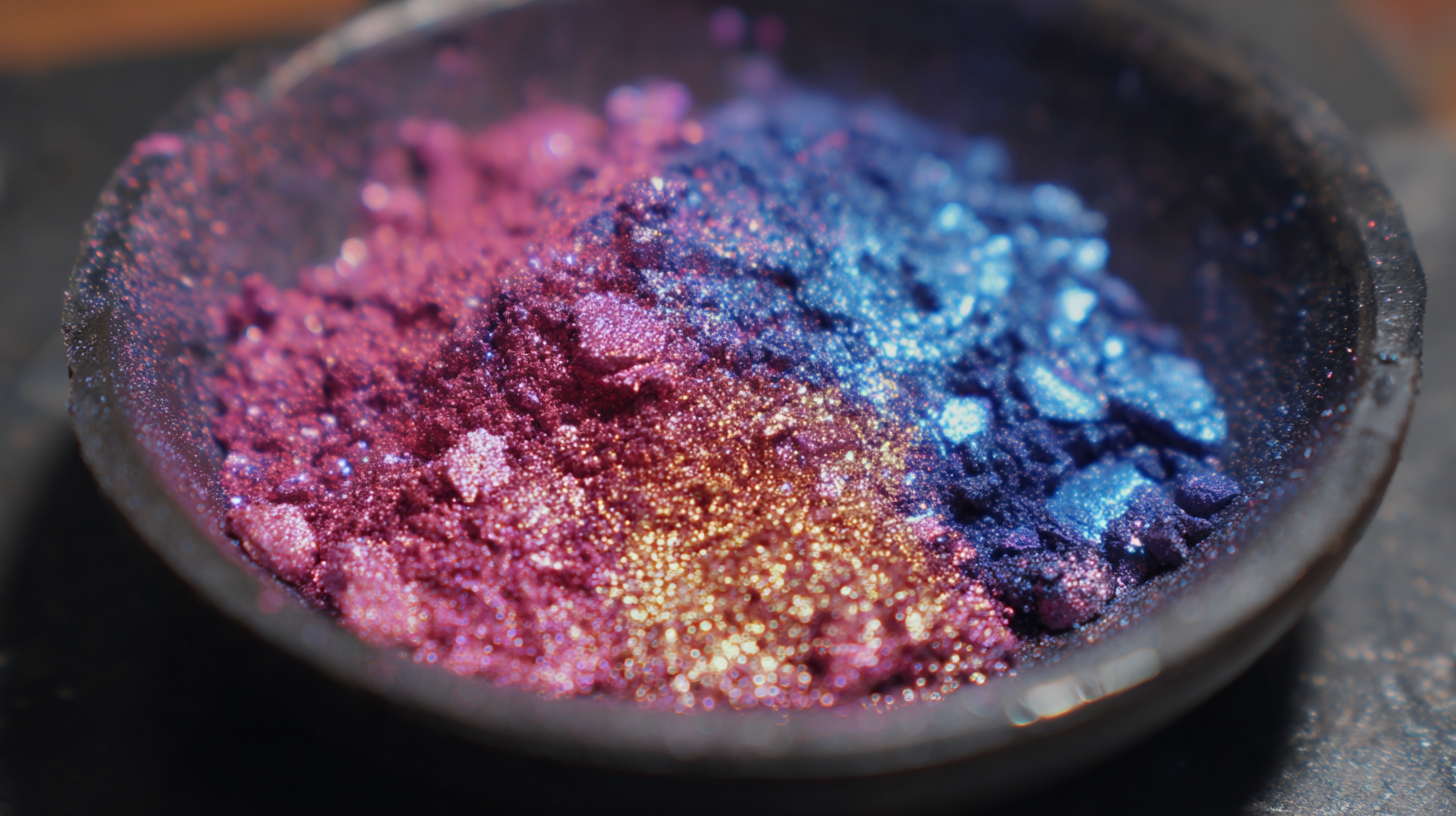
Choosing the right mica powder color for your resin creations can significantly impact the final look of your artwork. Mica powder is available in a vast array of colors and finishes—from metallic to satin to pearlescent. According to a report by the Global Mica Market, demand for mica in decorative applications has surged by approximately 4.5% annually, underscoring the increasing popularity of mica powder among artists and DIY enthusiasts. When selecting a color, consider the mood and message you want your resin art to convey, as colors can evoke different emotions. For example, blues and greens often create a calming effect, while reds and oranges can energize and invigorate.
Another key consideration is the transparency of the mica powder. Industry experts note that combining transparent and opaque colors can produce depth and complexity in your resin projects. It's essential to experiment with small batches to see how various colors interact when mixed, as the final result can differ from your initial expectations. Recent findings indicate that layering different shades can not only enhance the aesthetic appeal but also create unique effects, making your creation stand out in a market that is increasingly saturated with resin art. By thoughtfully selecting and combining mica colors, you can elevate your resin projects to professional quality.
| Tip Number | Tip Description | Recommended Color Families | Ideal Use Cases |
|---|---|---|---|
| 1 | Always mix mica powder with resin before pouring | Metallics, Iridescents | Jewelry, Coasters |
| 2 | Choose translucent colors for a more layered effect | Translucents, Pastels | Art Panels, Decorative Pieces |
| 3 | Experiment with different ratios for color intensity | Vibrant Colors, Dark Shades | River Tables, Shapes |
| 4 | Test colors on a small scale before large projects | Custom Blends, Neutrals | Small Casts, Sample Boards |
| 5 | Understand how colors interact with different resins | Bright Colors, Clear Colors | Tabletops, Functional Art |
When working with mica powder in resin projects, mastering the art of mixing is crucial for achieving vibrant and uniform results. First and foremost, it is essential to choose the right resin. Epoxy resin is often preferred for its clarity and UV resistance, making it an ideal medium for showcasing mica powder's shimmering effect. Make sure to thoroughly read the manufacturer's instructions on the optimal mixing ratio to avoid any complications that may arise from improper usage.
Incorporating mica powder into resin requires a careful approach. Experts recommend starting with small amounts of mica powder and gradually increasing until you reach your desired color saturation. This method allows for better control over the final look. Additionally, utilizing a slow mixing technique prevents air bubbles from forming, which can mar the surface finish of your project. To ensure an even distribution of color, pre-mixing the mica powder with a small amount of resin before adding it to the main mixture is a practice that many industry professionals advocate for.
By following these best practices, you'll be well on your way to creating stunning resin art pieces that truly stand out.
When embarking on resin projects that incorporate mica powder, understanding quality control is paramount to achieving the desired results. Not all mica powders are created equal, and several factors contribute to their quality. First and foremost, it’s crucial to examine the particle size. Finer particles tend to disperse more evenly within the resin, producing a smoother and more uniform finish, while coarser ones may lead to uneven textures.
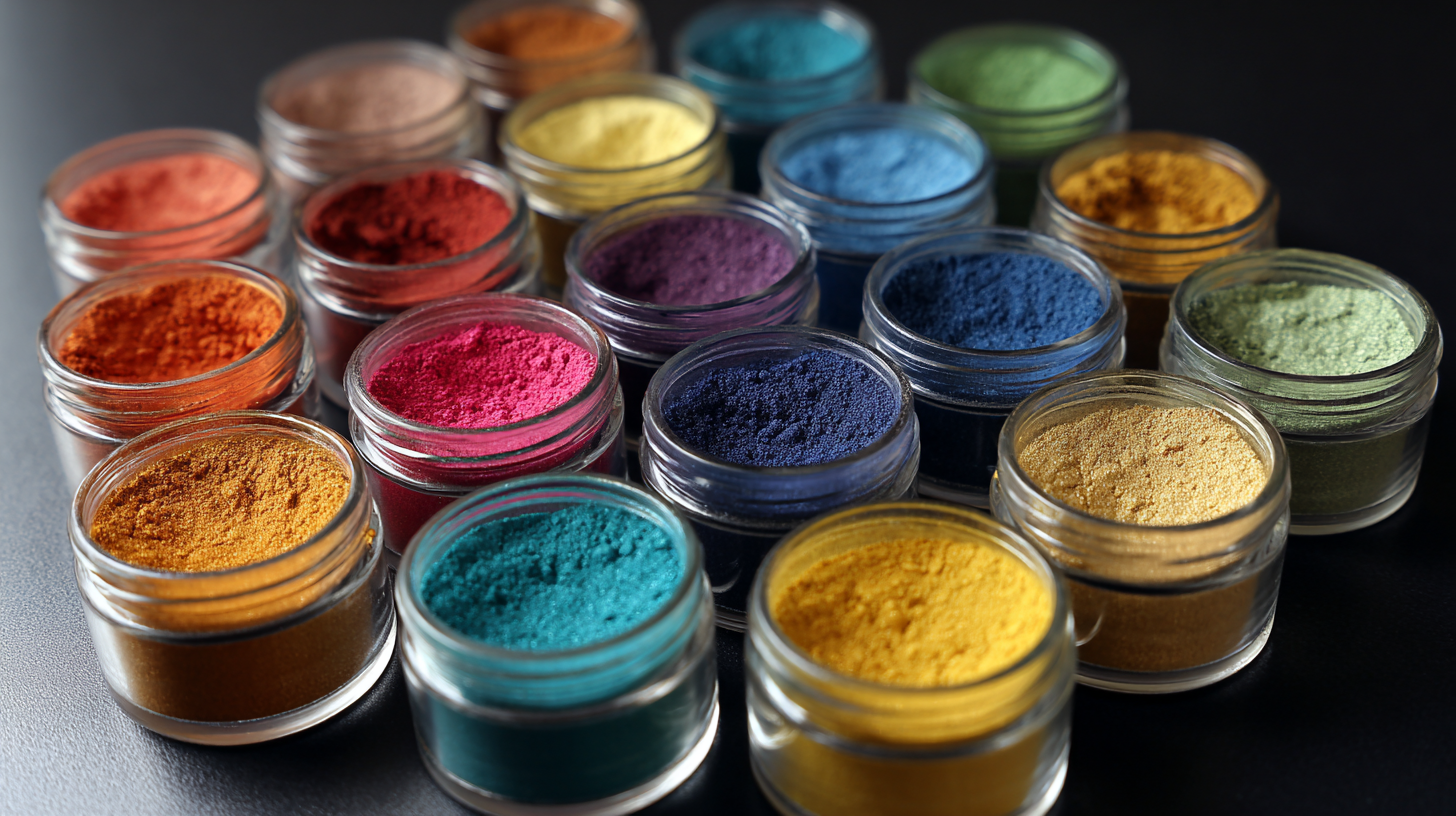 Another key aspect is the purity of the mica powder. Look for powders that are free from fillers and additives, as these can alter the color and effectiveness of your final product. Additionally, consider the transparency and colorfastness of the mica. High-quality mica powders should retain their color vibrancy when mixed with resin and should not fade over time. By paying attention to these elements, you can ensure that your mica powder not only meets aesthetic expectations but also enhances the performance of your resin projects.
Another key aspect is the purity of the mica powder. Look for powders that are free from fillers and additives, as these can alter the color and effectiveness of your final product. Additionally, consider the transparency and colorfastness of the mica. High-quality mica powders should retain their color vibrancy when mixed with resin and should not fade over time. By paying attention to these elements, you can ensure that your mica powder not only meets aesthetic expectations but also enhances the performance of your resin projects.
